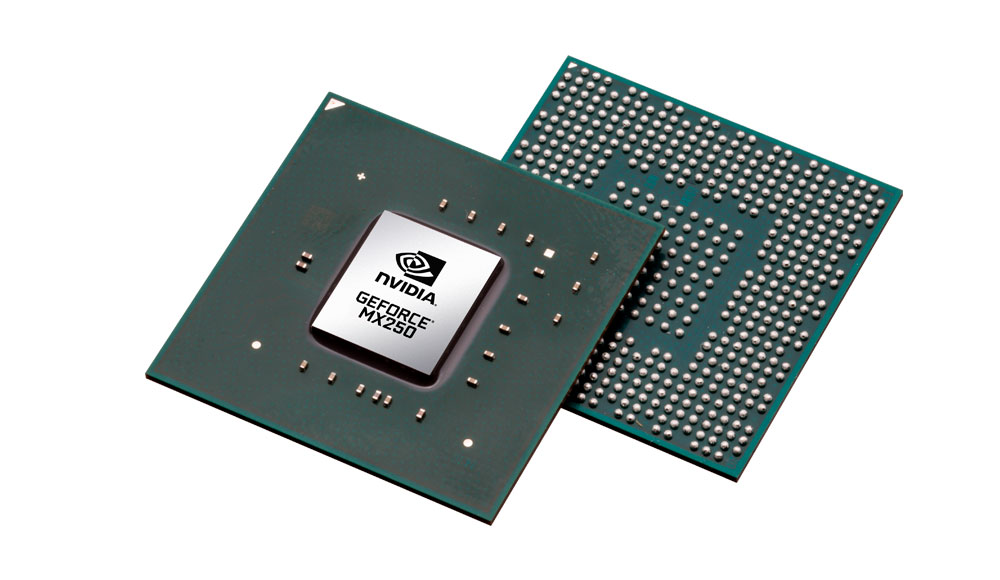Déjà Vu? Nvidia GeForce MX250 Reportedly Shipping In Two Versions
Numerous sources have reportedly confirmed to Notebookcheck that the Nvidia GeForce MX250 will follow in its predecessor's footsteps and ship in the standard variant and a much slower Max-Q variant.
The MX250 is an entry-level graphics card designed specifically for laptops. But so much about it has been a mystery. For starters, Nvidia didn't publicly announce the Pascal-powered graphics card, and the chipmaker only partially lists the graphics card's specifications on its product page. It's hard to blame Nvidia for the discretion though, considering that the MX250 is essentially a rewarmed MX150 with higher clock speeds.
The Pascal part sports 384 CUDA cores and 2GB of GDDR5 memory. The memory runs at 1,502MHz (6,008MHz effective) across a 64-bit memory interface. However, things start going south when it comes to the clock speeds, which is probably the most important specification when it comes to graphics cards that come from the same mold, since it's what dictates the product's performance.
The MX250 employs the GP108 silicon and is rated with a 25W TDP (thermal design power), while the MX250 Max-Q uses the GP108B silicon instead and features a 10W TDP. As per Notebookcheck's sources, the standard version reportedly carries the '1D13' Device ID, while the Max-Q version is allegedly using the '1D52' identifier. So unless the laptop manufacturer explicitly mentions the version employed in the product, there is no way of differentiating one from the other unless you run a software like GPU-Z.
The standard MX250 comes with a 1,519MHz base clock and a 1,582MHz boost clock. If the MX250 Max-Q is anything like the MX150 Max-Q, it could match the former's operating clocks. So we're looking at a 937MHz base clock and a boost clock in the range of 1,038MHz. To Nvidia's defense, the Santa Clara chipmaker does state on the MX250's product page that clock speeds may vary from one OEM to the next, and it's the OEM's responsibility to communicate the specifications to the consumer.
Get Tom's Hardware's best news and in-depth reviews, straight to your inbox.

Zhiye Liu is a news editor, memory reviewer, and SSD tester at Tom’s Hardware. Although he loves everything that’s hardware, he has a soft spot for CPUs, GPUs, and RAM.
